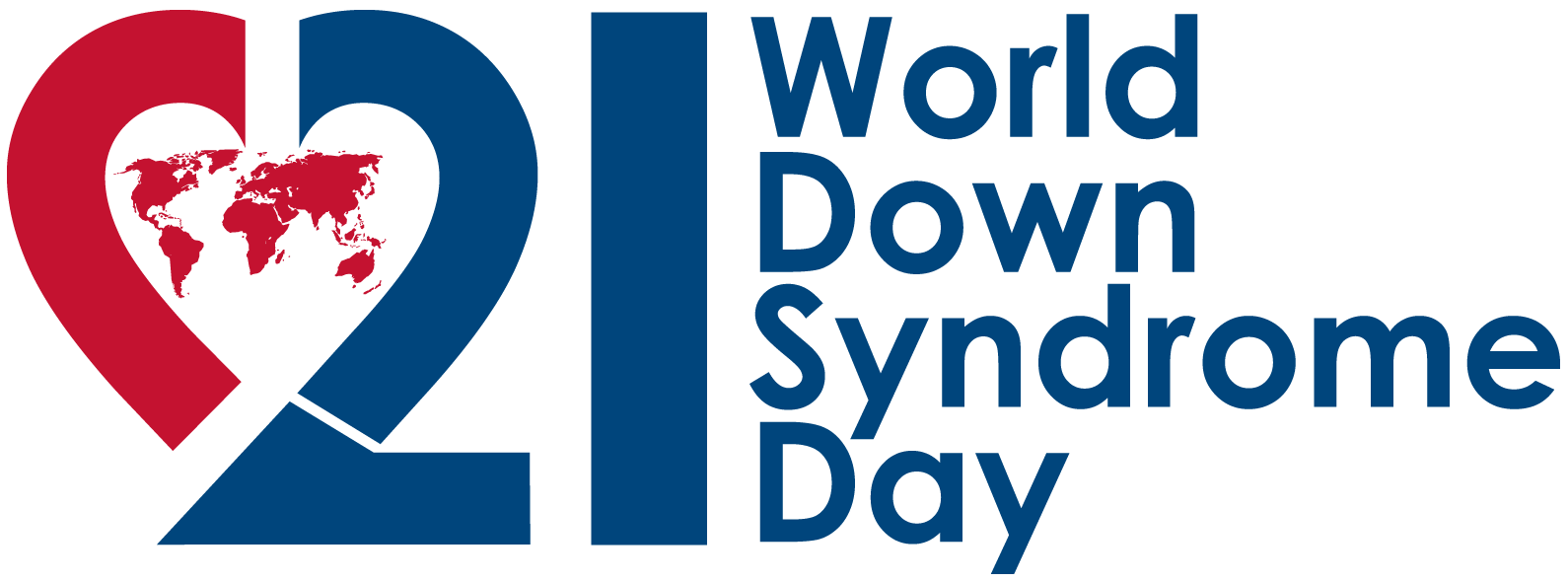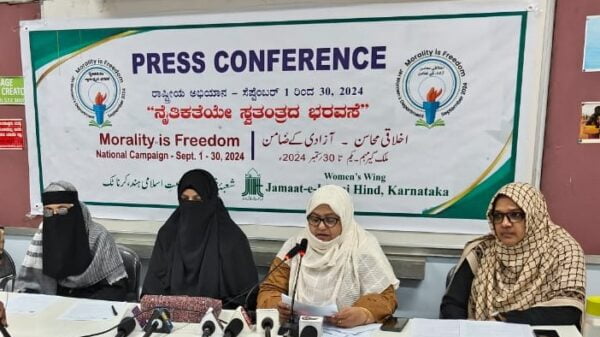March 21 is marked as World Down Syndrome Day. The tradition of viewing the day’s importance regarding the syndrome goes back to 2007. The 21st day of the third month was selected for this event to signify the uniqueness of the triplication of the 21st chromosome, which results in Down Syndrome.
On the occasion of World Down Syndrome Day, here are a few facts about the condition:
-
Types of Down Syndrome
There are three types of Down Syndrome, which are as follows:
- Trisomy 21 – This is the most common type among people with Down Syndrome. Over 95% of babies are born with the Syndrome. In this case, the newborn has an extra copy of chromosome 21, making them a total of three.
- Translocation – This type is seen in 3% of the total cases. In this case, a partial or a whole chromosome is attached to another chromosome.
- Mosaic – This is found in over 2% of cases of the total DS patients. In this condition, some people have three copies of chromosome 21, but other cells have two copies. Children with this type of Down Syndrome have fewer characteristics of Down Syndrome.

Credits – World Down Syndrome Day
-
Availability of Prenatal screening for Down Syndrome
By taking maternal blood samples and ultrasound methods, doctors can detect Down Syndrome in the early stages of pregnancy. The condition is more likely to affect women above the age of 35, hence such screening and testing are recommended for that age group. After positive results in the primary testing, amniocentesis and chorionic Villus sampling can be conducted to confirm the presence of the condition.
-
Health risks with Down Syndrome
People with Down Syndrome are at a higher risk of getting affected by certain health issues. Likes of ear infections, eye issues, and hearing problems are common among those who have Down Syndrome.
-
Life Expectancy of people with Down’s Syndrome
Given the development in medical science and the introduction of new therapies, the life expectancy for children with Down Syndrome has increased from what it was in 1960. The average life expectancy has increased from the age of 10 to age 60 years in the last 60 years.



















































































